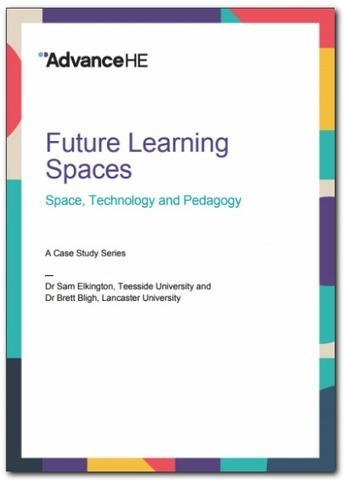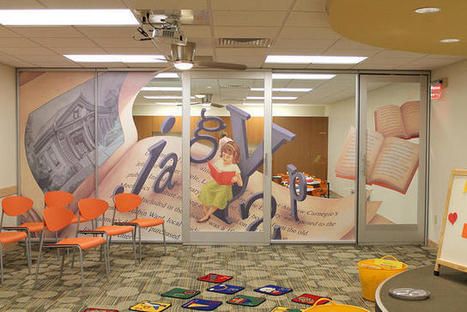In his important 2007 publication ‘Learning spaces for the 21st century’, Paul Temple made the observation that the interactions between higher education, the built environment and the activities of teaching, learning and research taking place within and around it are poorly understood. Historically, noted Temple, in UK HE, space issues had typically been considered either in the context of space planning (the utilisation and optimisation of physical space) or as part of campus planning and building design. There has been steady growth in space-related research in the intervening decade since Temple’s work; however, a review of the available contemporary evidence reveals a dispersed and fragmented literature relating to understanding connections between learning spaces and student learning (see Ellis and Goodyear, 2016). Furthermore, a more recent sector-wide shift in emphasis from an ‘instruction paradigm’ to a ‘learning paradigm’, has meant universities must now think seriously about what it means to be a learner in these spaces.
Via Carlos Fosca



 Your new post is loading...
Your new post is loading...









